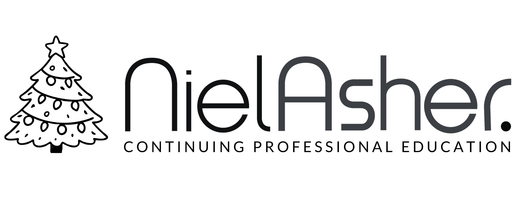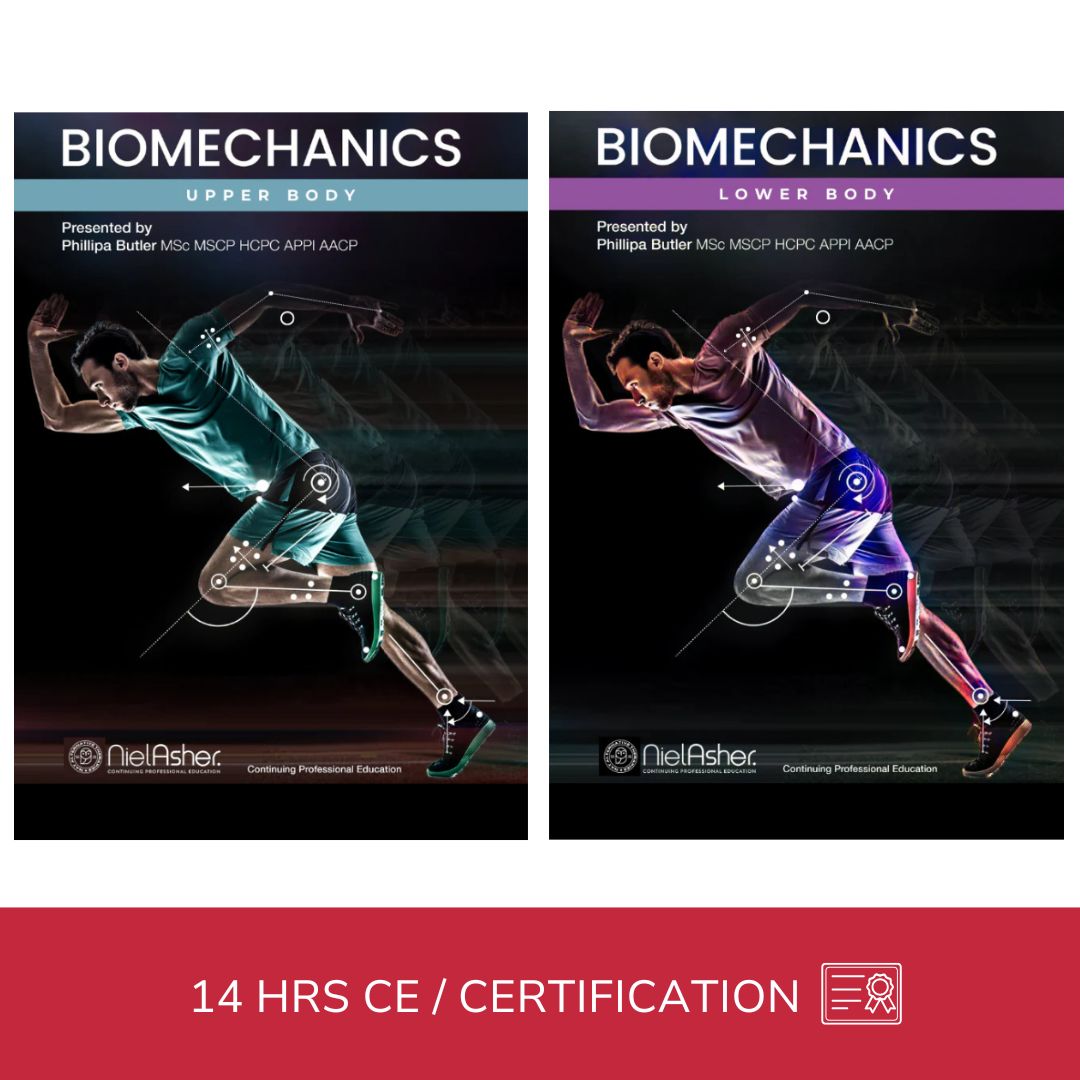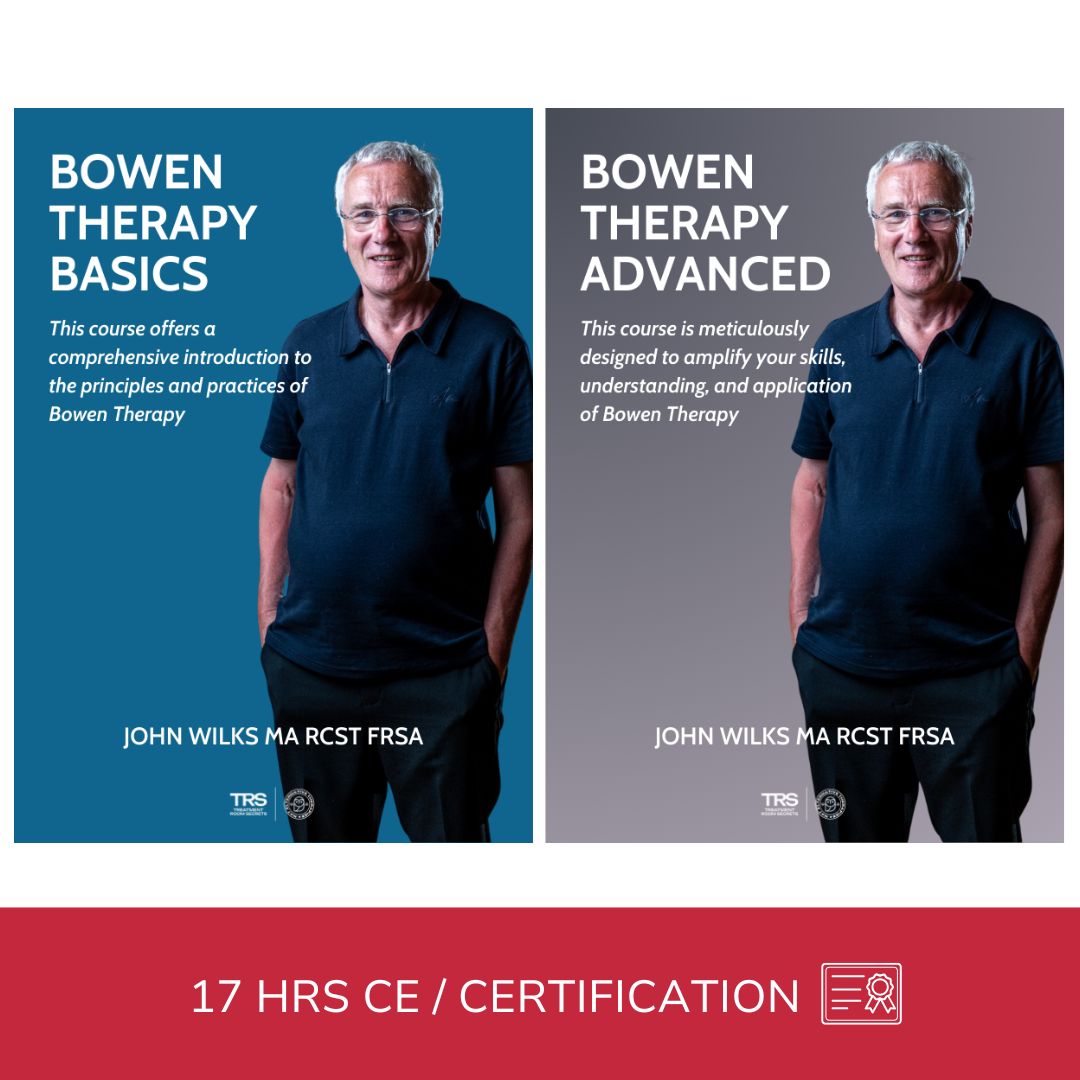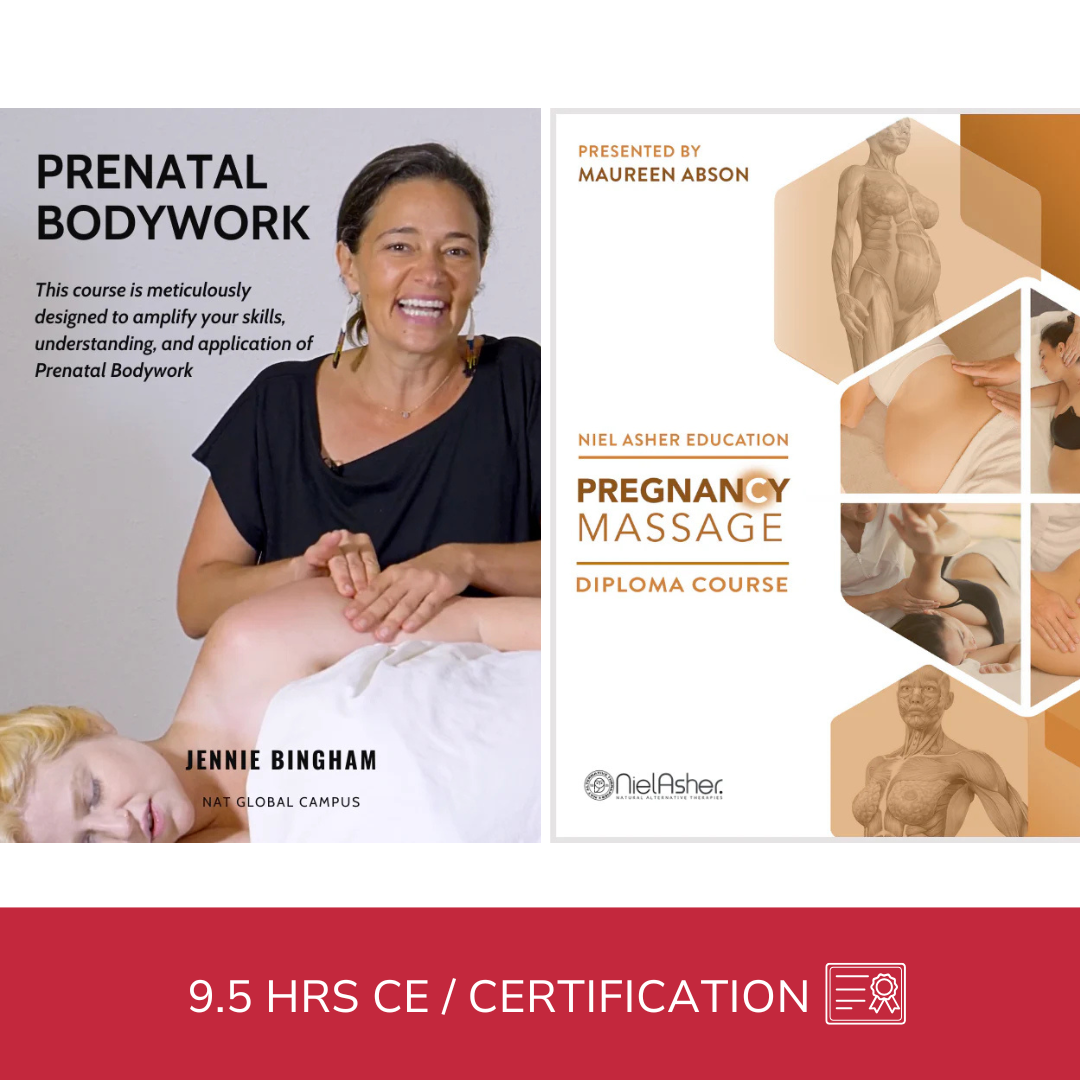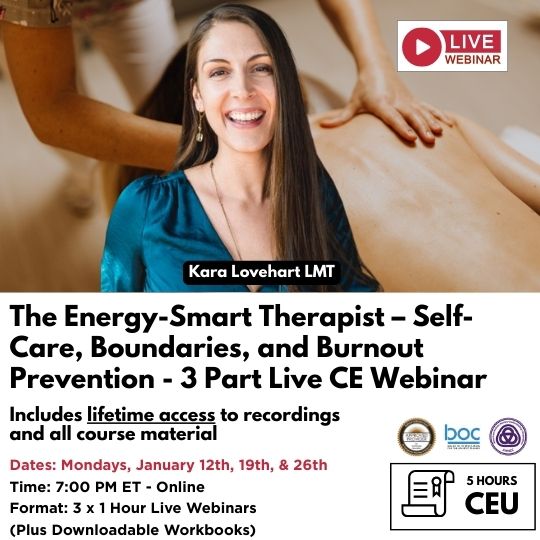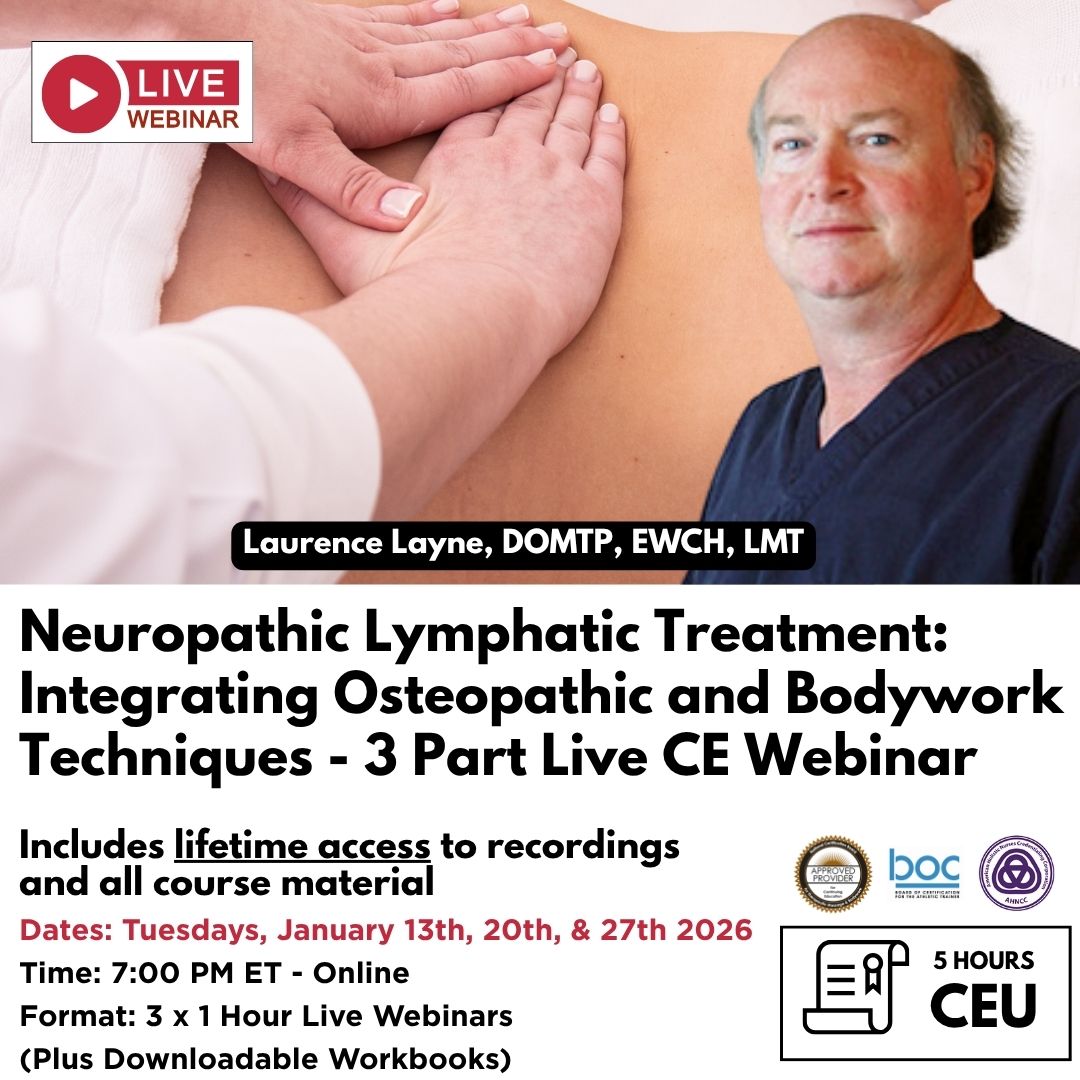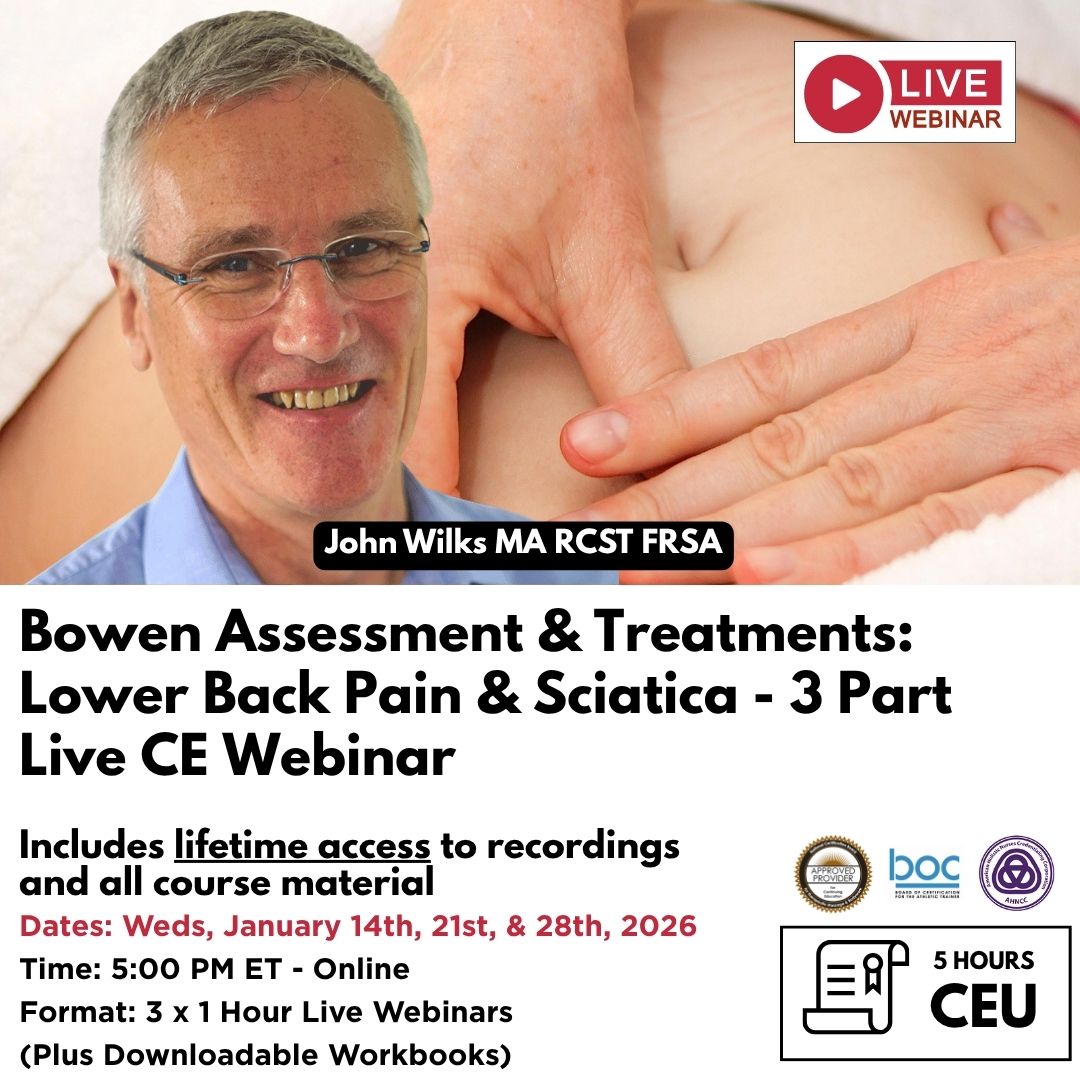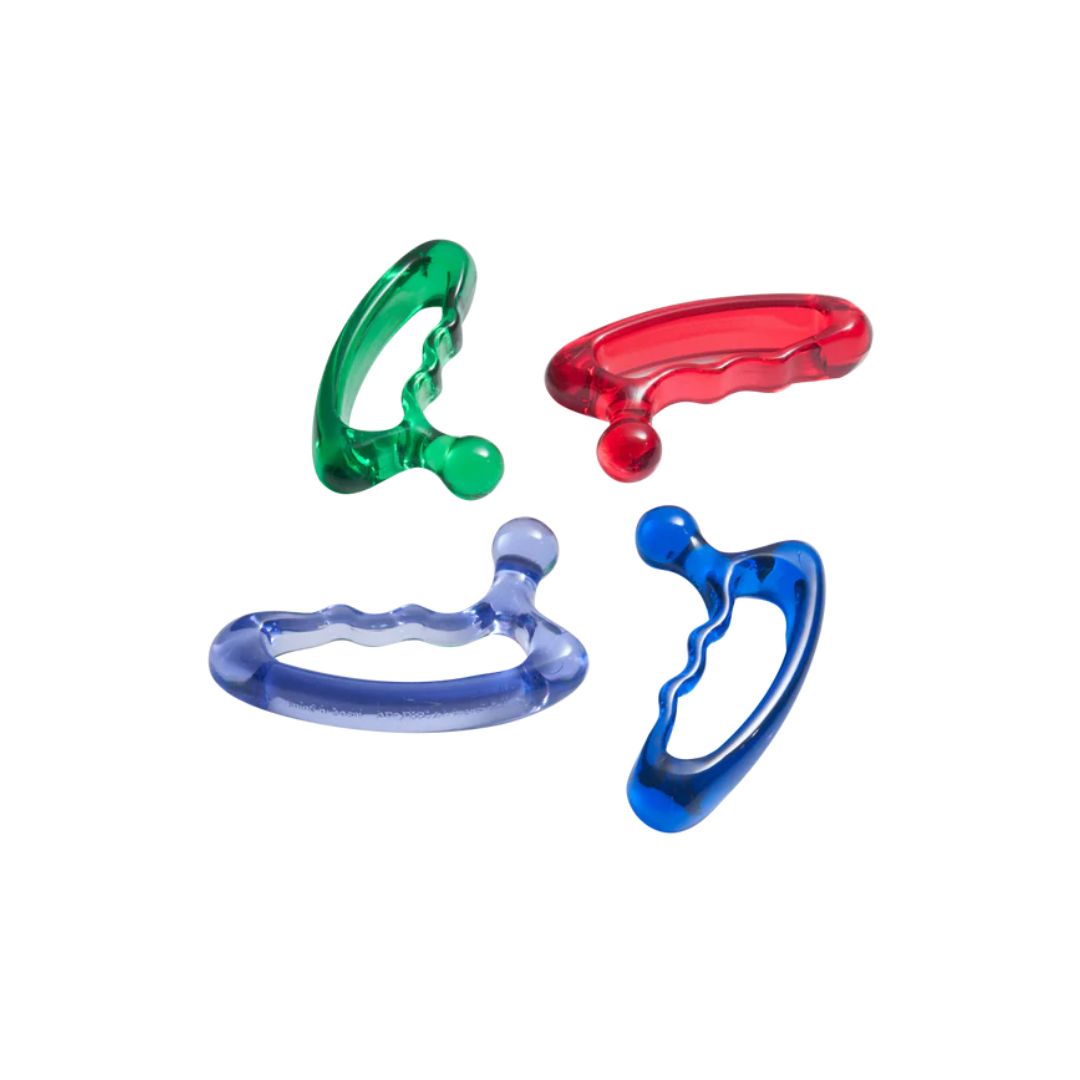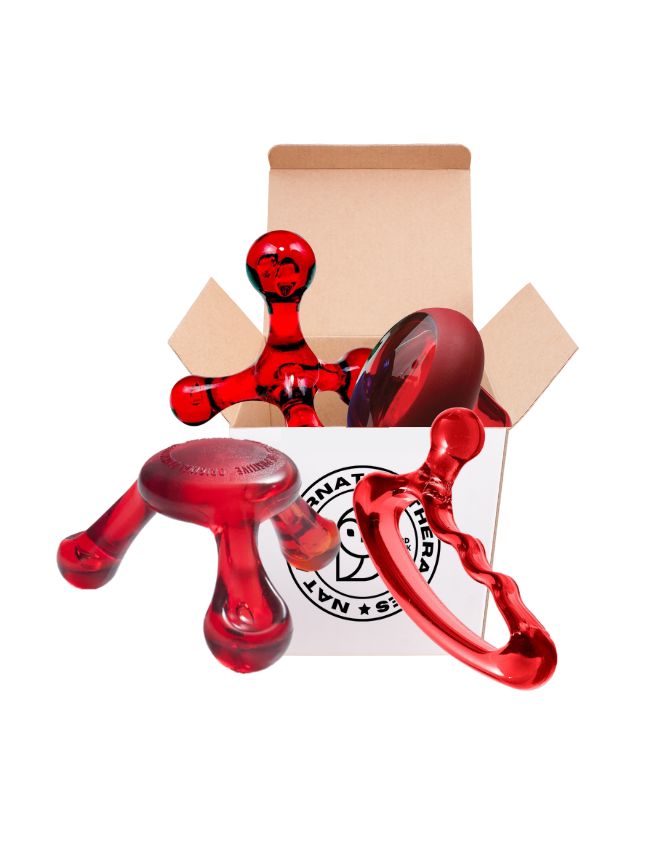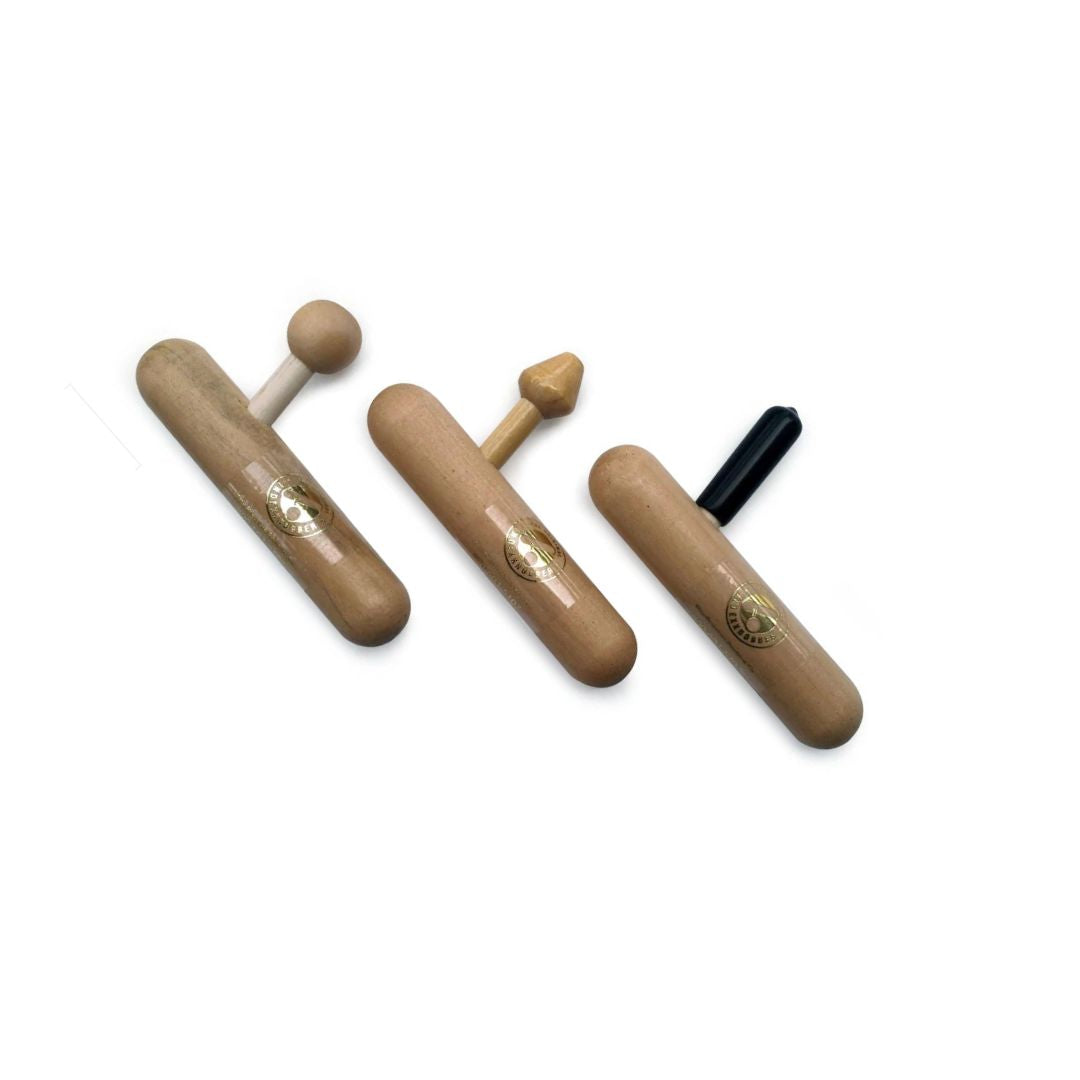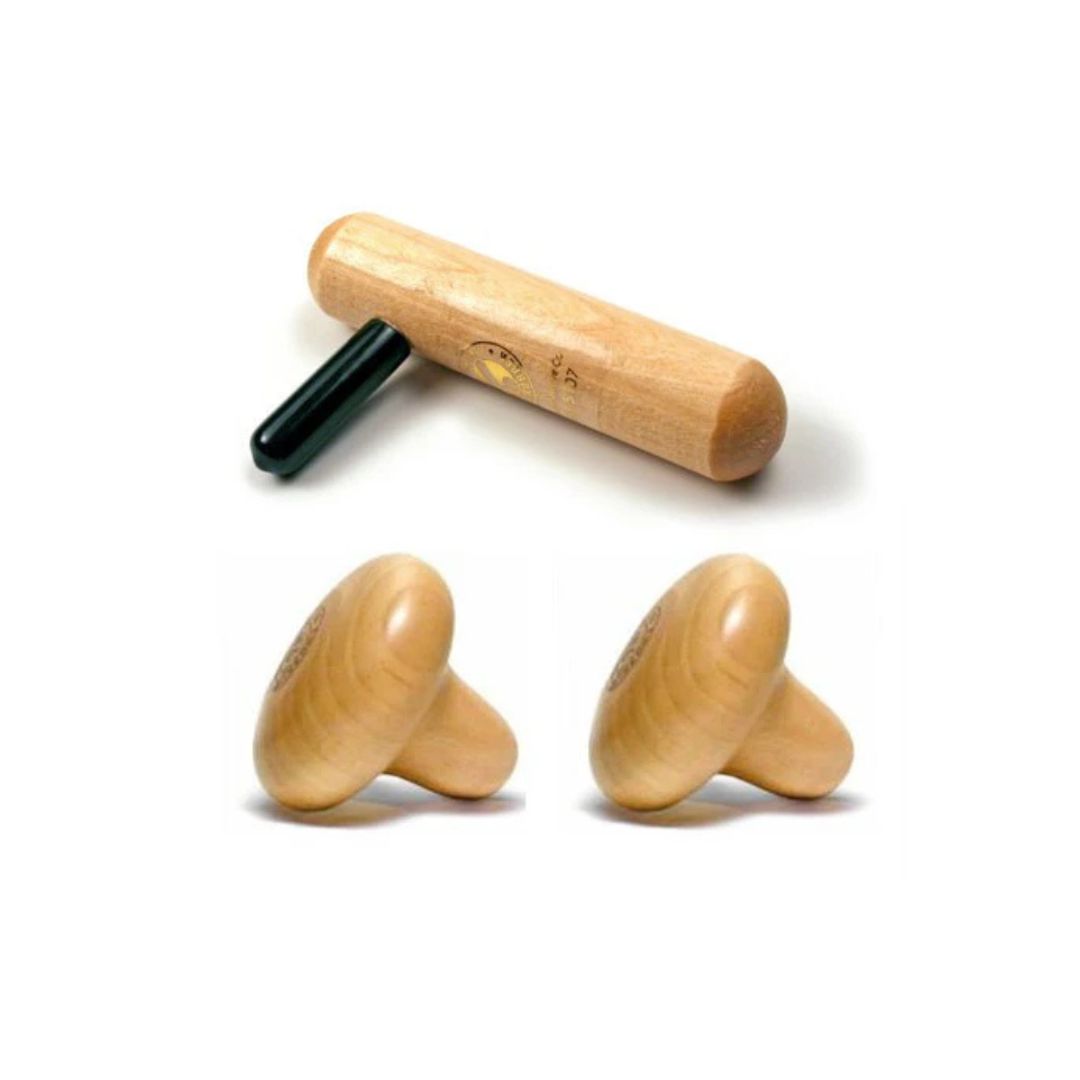10 Manual Therapy Techniques to Enhance Your Practice

Hands-On Healing: 10 Techniques That Make a Difference
After decades of working as a manual therapists, we've seen firsthand the incredible power of hands-on healing. We have a vast array of techniques at our disposal, each with its own nuances and applications. But it's important to remember that while the toolbox is extensive, our individual scopes of practice define what we can and can't do. What works for one therapist might not be within the legal or ethical boundaries of another. So, before we dive in, a friendly reminder: Always, always ensure any technique you use aligns with your professional scope of practice. It's crucial for both your protection and your client's well-being.
That being said, let's explore some of the most popular and effective manual therapy techniques we use daily in our practices.
1. Myofascial Release: Untangling the Web
Fascia, the connective tissue that weaves throughout our bodies, is often the unsung hero (or villain!) of musculoskeletal health. Myofascial release focuses on releasing restrictions in this tissue, improving mobility, and reducing pain. Techniques can range from sustained pressure to gentle stretching, targeting specific areas or addressing the fascial network as a whole. We find it particularly useful for clients with chronic pain or postural issues.
2. Trigger Point Therapy: Targeting the Source
Those pesky knots in your muscles? They're likely trigger points, those hyperirritable spots that can cause localized pain and referred pain to other areas. Trigger point therapy involves applying sustained pressure to these points, often combined with stretching, to release tension and alleviate pain. It's a go-to for many of us when clients present with localized muscle pain and tenderness.
3. Joint Mobilization: Restoring Movement
Joint mobilization involves gentle, controlled movements of a joint to restore proper mechanics and reduce pain. It's a fantastic technique for addressing joint stiffness or restrictions following injury or prolonged immobility. We often use it in conjunction with other techniques to improve range of motion and function.
4. Muscle Energy Technique (MET): Engaging the Client
MET is an active technique that involves the client contracting their muscles against resistance while the therapist applies a counterforce. This helps to lengthen muscles, improve joint mobility, and reduce pain. We appreciate the collaborative nature of MET, as it empowers the client to actively participate in their healing process.
5. Strain-Counterstrain: Finding the "Ease"
This gentle technique involves passively positioning the client's body into a position of comfort or "ease," which helps to relax tight muscles and reduce pain. It's particularly useful for clients in acute pain who may not tolerate more direct techniques. We often use it as a starting point before progressing to other, more active techniques.
6. Soft Tissue Mobilization: A Broad Approach
This encompasses a variety of techniques that involve manipulating soft tissues, including muscles, tendons, and ligaments. It can include kneading, gliding, and stretching to improve tissue health, reduce muscle tension, and improve circulation. We typically use soft tissue mobilization as a foundation for many treatments, as it helps to prepare the tissues for more specific techniques.
7. Deep Tissue Massage: Getting to the Root
Deep tissue massage focuses on the deeper layers of muscle and fascia. It involves applying firm pressure and slow strokes to release chronic muscle tension and address postural imbalances. While it can be more intense than other techniques, it can be very effective for clients with chronic muscle tightness and pain. It's essential to communicate clearly with the client throughout the treatment to ensure they are comfortable.
8. Proprioceptive Neuromuscular Facilitation (PNF): Enhancing Neuromuscular Control
PNF techniques involve stretching muscles using specific patterns of contraction and relaxation. This helps to improve flexibility, increase range of motion, and enhance neuromuscular control. We often incorporate PNF into rehabilitation programs to help clients regain strength and mobility after injury.
9. Craniosacral Therapy: A Gentle Approach
Craniosacral therapy is a gentle technique that focuses on the craniosacral system, which includes the bones of the skull, spine, and sacrum, as well as the cerebrospinal fluid that surrounds the brain and spinal cord. By applying light touch, the therapist aims to release restrictions in this system, which can improve overall health and well-being. It's a particularly gentle approach that can be helpful for clients with headaches, TMJ issues, or stress-related conditions.
10. Instrument-Assisted Soft Tissue Mobilization (IASTM): Tools for the Trade
IASTM involves the use of specialized tools to enhance soft tissue mobilization. These tools can help to detect and release fascial restrictions more effectively than manual techniques alone. Many find IASTM particularly helpful for treating chronic tendinopathies and scar tissue.
Integrating Techniques and the Importance of Assessment
While these are some of our go-to techniques, it's important to remember that manual therapy is not a one-size-fits-all approach. The most effective treatment plan is one that is tailored to the individual client's needs and presentation. This is where a thorough assessment comes in. Taking a detailed history, performing a physical examination, and understanding the client's goals are all crucial steps in developing an effective treatment strategy.
The Client's Role: A Partnership in Healing
Manual therapy is not something we do to our clients; it's a collaborative process. Client education and active participation are key to successful outcomes. Explaining the techniques you're using, discussing the client's progress, and empowering them to take an active role in their recovery are all essential components of effective manual therapy. This might involve teaching them self-care techniques, such as stretching or foam rolling, or providing guidance on lifestyle modifications.
The Ever-Evolving Field of Manual Therapy
The field of manual therapy is constantly evolving, with new research and techniques emerging all the time. Staying up-to-date with the latest advancements is crucial for providing the best possible care to our clients. This involves engaging in continuing education, reading research articles, and staying connected with our professional communities.
A Final Thought on Scope of Practice
As manual therapists, we have a unique opportunity to make a real difference in people's lives. But it's crucial that we practice within the boundaries of our professional scope. This ensures not only our safety and legal protection but also the safety and well-being of our clients. When in doubt, always consult with your regulatory board or professional association to clarify any questions you may have about your scope of practice. By combining our knowledge, skills, and ethical practice, we can truly unlock the healing power of touch.
About Niel Asher Education
Niel Asher Education (NAT Global Campus) is a globally recognised provider of high-quality professional learning for hands-on health and movement practitioners. Through an extensive catalogue of expert-led online courses, NAT delivers continuing education for massage therapists, supporting both newly qualified and highly experienced professionals with practical, clinically relevant training designed for real-world practice.
Beyond massage therapy, Niel Asher Education offers comprehensive continuing education for physical therapists, continuing education for athletic trainers, continuing education for chiropractors, and continuing education for rehabilitation professionals working across a wide range of clinical, sports, and wellness environments. Courses span manual therapy, movement, rehabilitation, pain management, integrative therapies, and practitioner self-care, with content presented by respected educators and clinicians from around the world.
Known for its high production values and practitioner-focused approach, Niel Asher Education emphasises clarity, practical application, and professional integrity. Its online learning model allows practitioners to study at their own pace while earning recognised certificates and maintaining ongoing professional development requirements, making continuing education accessible regardless of location or schedule.
Through partnerships with leading educational platforms and organisations worldwide, Niel Asher Education continues to expand access to trusted, high-quality continuing education for massage therapists, continuing education for physical therapists, continuing education for athletic trainers, continuing education for chiropractors, and continuing education for rehabilitation professionals, supporting lifelong learning and professional excellence across the global therapy community.

Continuing Professional Education
Looking for Massage Therapy CEUs, PT and ATC continuing education, chiropractic CE, or advanced manual therapy training? Explore our evidence-based online courses designed for hands-on professionals.
